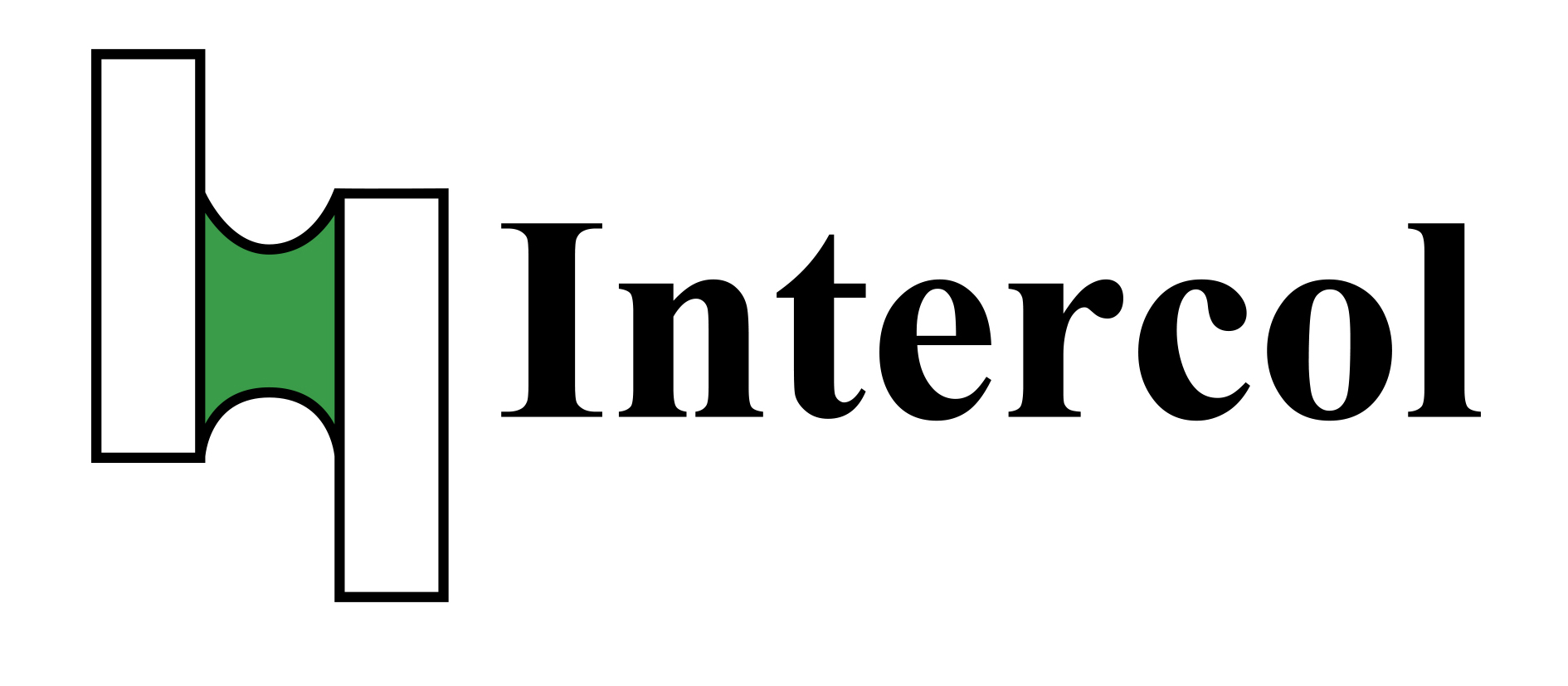DIY wall paint refers to paint that can be applied by a homeowner or DIYer (do-it-yourselfer) rather than a professional painter. It usually comes in pre-mixed containers and can be easily applied with a brush, roller, or sprayer.
Whether they’re professional decorators or keen DIYers, our customers want great paint with a superb finish.
VOC – Volatile organic compounds
Wallpaints often contain VOC; Volatile organic compounds. It is mostly coming from the binder polymer when drying.
Wall paint can be based on several types of polymers, including:
- Acrylics
- VAE (vinyl acetate-ethylene)
- VeoVA
- Alkyds
- Vinyls
- Epoxies
- Polyurethanes
Advantages of VAE Technology for
Dispersions
These polymers are used for different properties, such as durability, flexibility, adhesion, and water resistance, which determine the performance and appearance of the wall paint.
- VAE dispersions are based primarily on C1/C2 chemistry which can be derived from many
- feedstock options (incl. natural gas), allowing domestic supplies to be leveraged.
- Risk mitigation in today’s volatile raw-material dynamics provided by the alternative C1-/C2-based chemistry and its value stream.
- Raw materials are not reliant on oil, hence: more cost-effective and more stable pricing.

